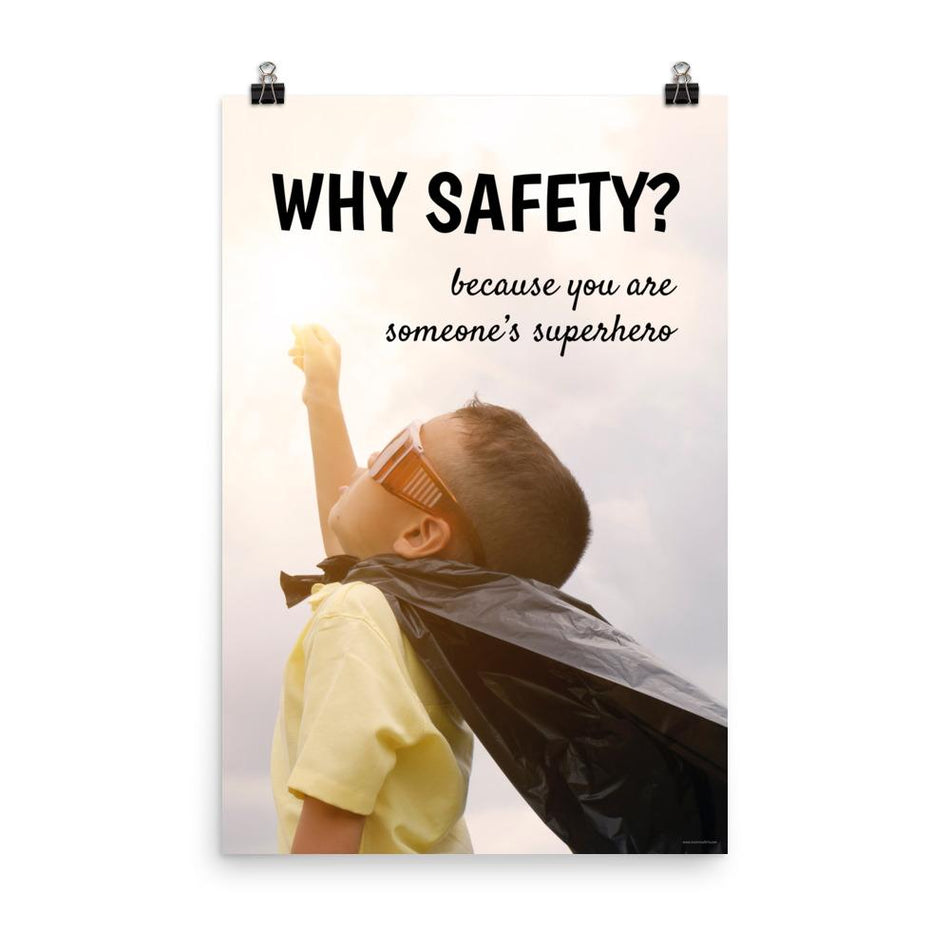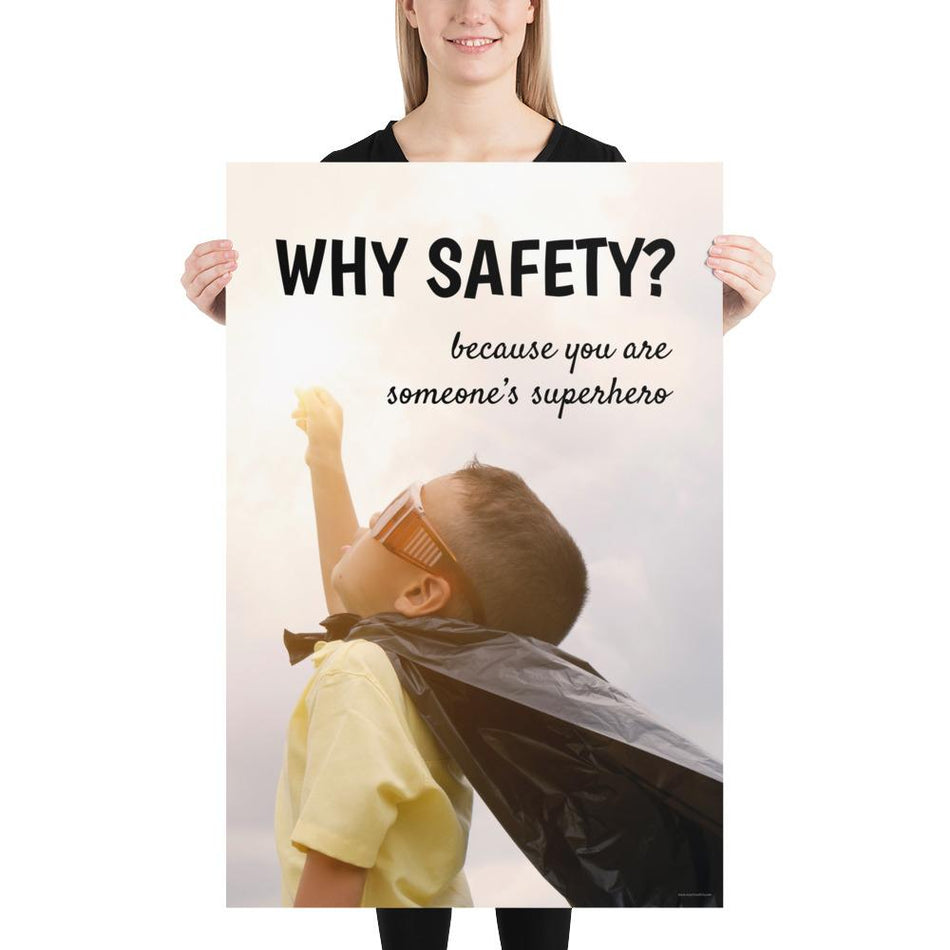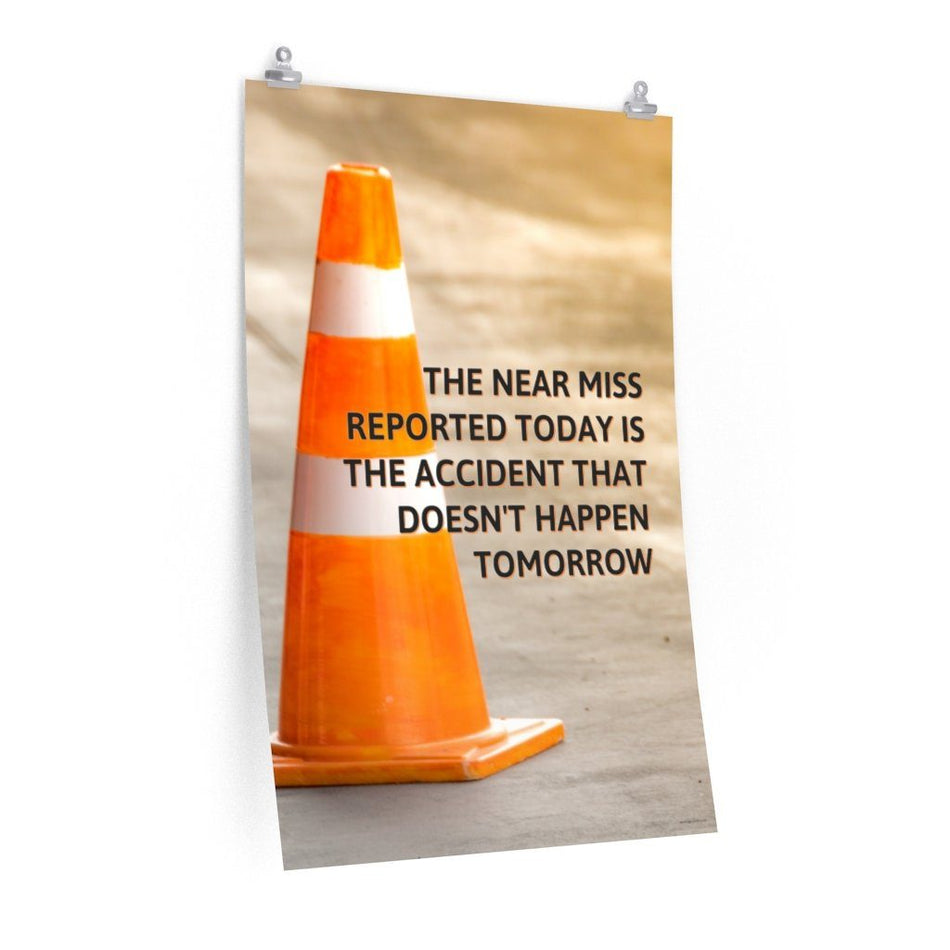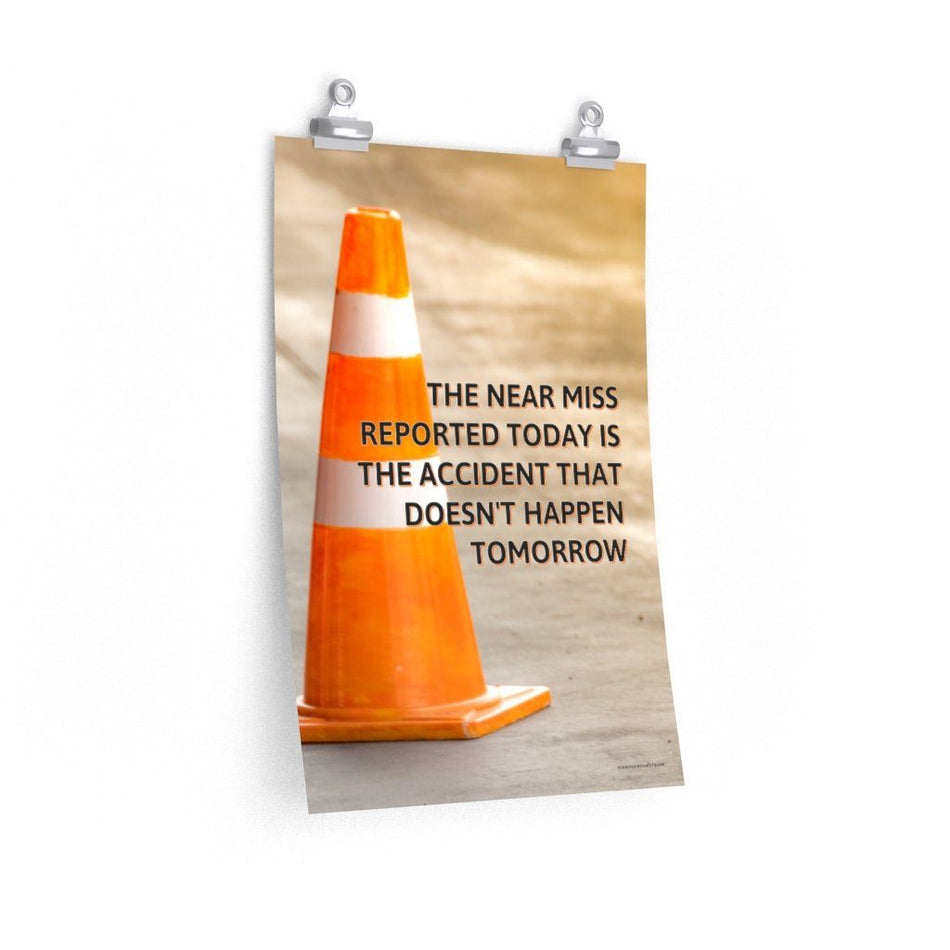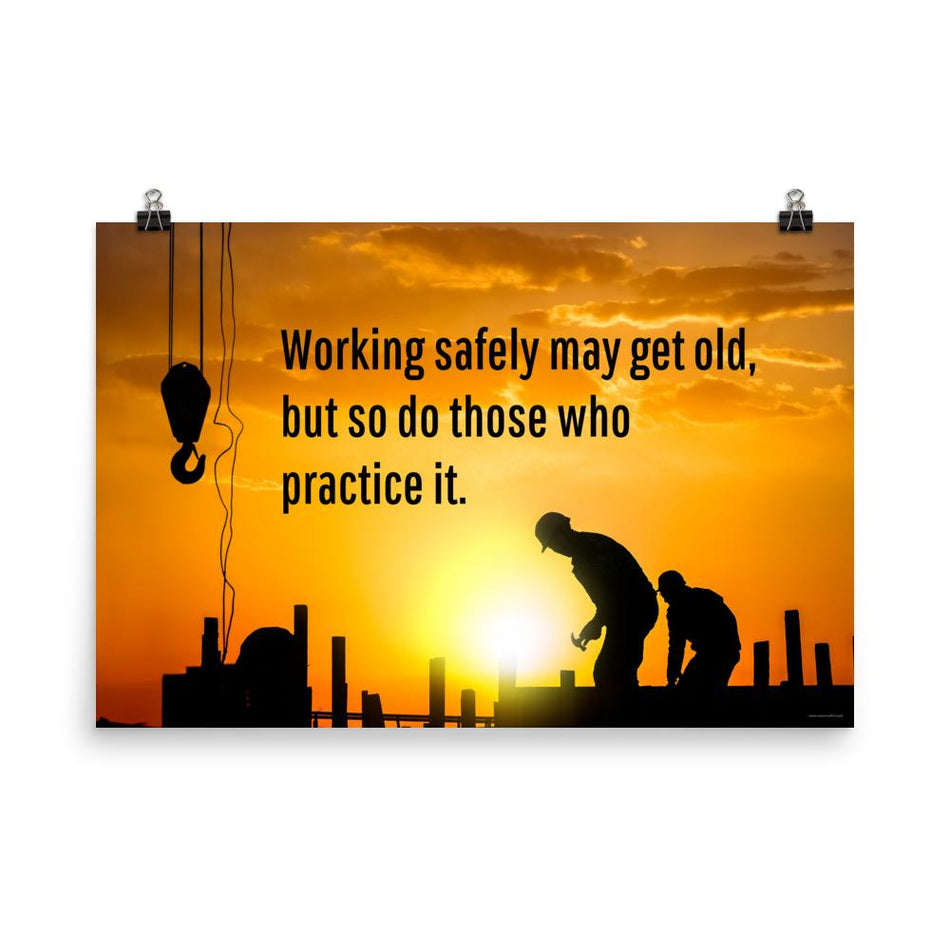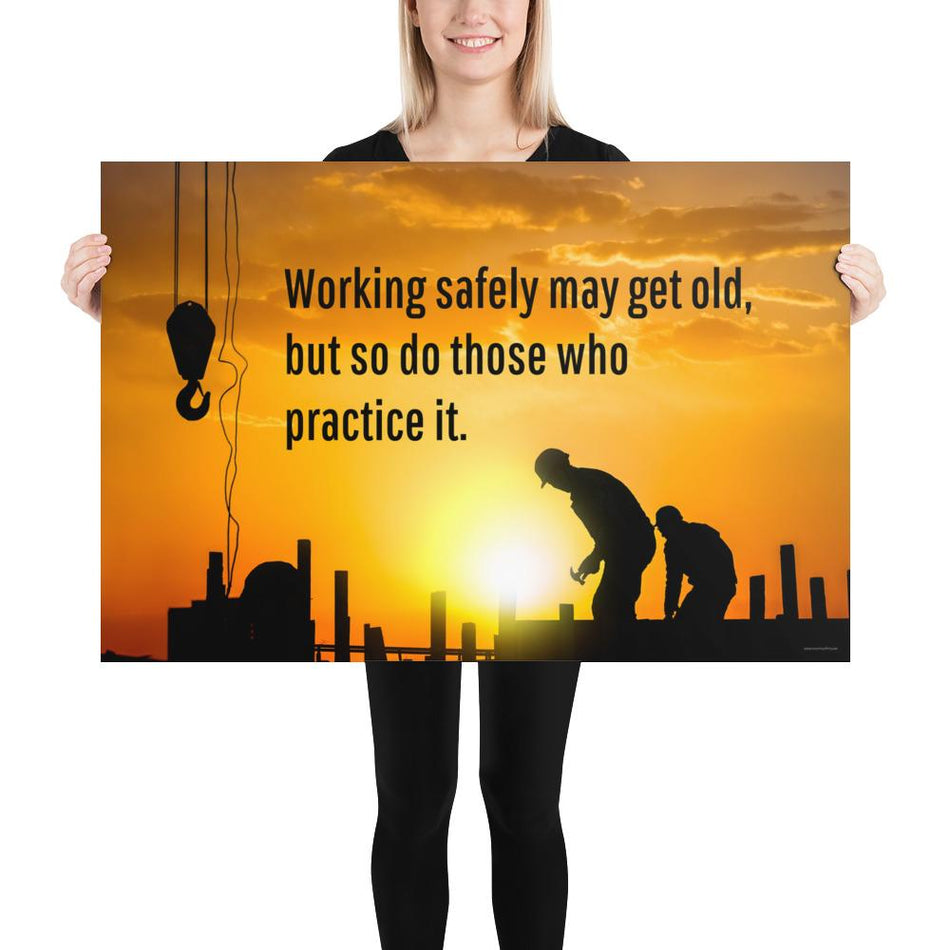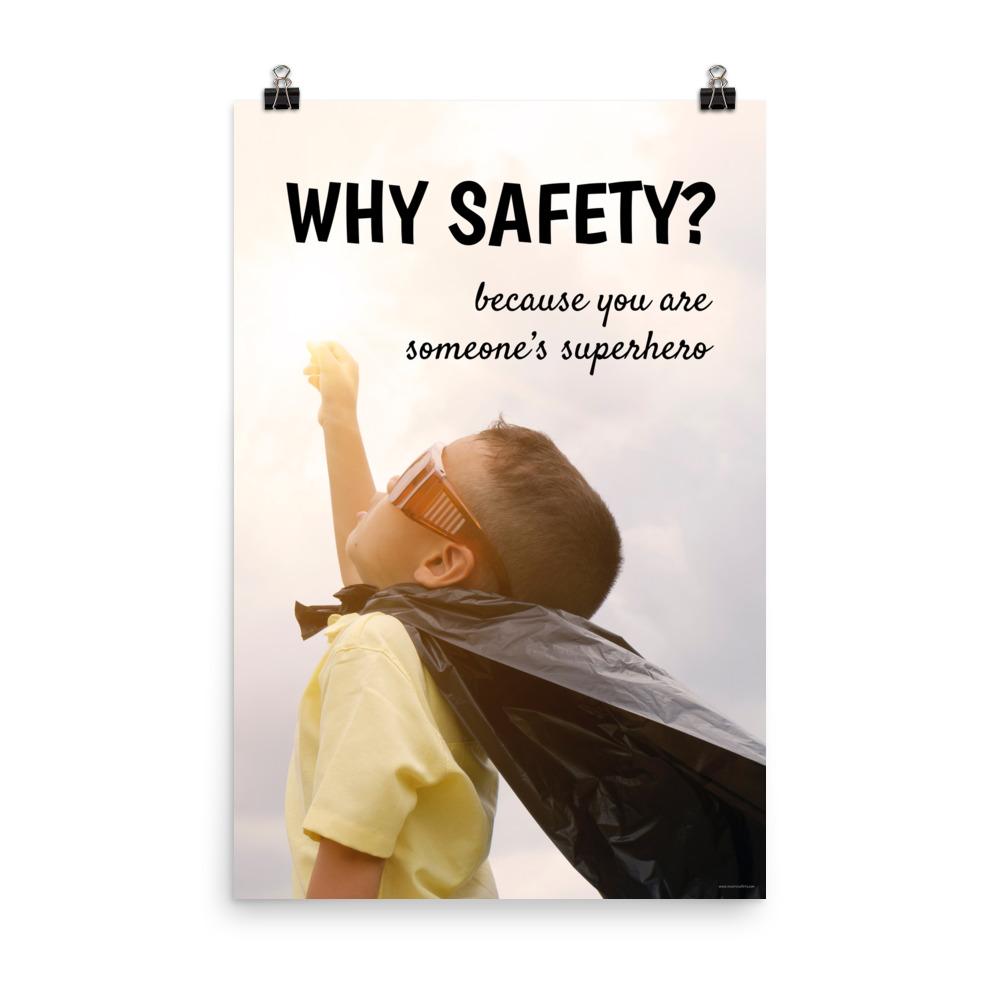In the fast-paced, high-risk environment of construction, safety is always a top priority. Most safety discussions focus on hard hats, fall protection, and heavy machinery—but there’s another critical element that plays a key role in preventing injuries and maintaining order: housekeeping.
Good housekeeping on a construction site isn't about sweeping floors or keeping things tidy for appearances. It's about maintaining an organized, hazard-free environment where workers can do their jobs efficiently and safely. Poor housekeeping is not just an inconvenience—it can lead to serious injuries, project delays, increased costs, and even legal consequences.
Housekeeping on a construction site refers to the ongoing process of keeping the jobsite orderly, clear of unnecessary clutter, and safe for workers. It includes:
-
Proper storage and disposal of tools, equipment, and materials
-
Immediate cleanup of spills, debris, and scrap
-
Clear walkways, exits, and emergency access routes
-
Regular inspections and scheduled cleanups
-
Organized storage of hazardous substances and chemicals
-
Signage and labeling for materials and hazards
While this might seem basic, many sites neglect these steps—especially when under pressure to meet deadlines or juggle multiple crews. But skipping housekeeping is not a shortcut; it’s a hazard.
Neglecting site cleanliness doesn't just make a job harder—it puts lives at risk.
Here are some common consequences of poor housekeeping on construction sites:
1. Trips, Slips, and Falls
Debris, cords, tools, and waste materials left in walkways are one of the most common causes of trips and falls on jobsites. According to OSHA, falls are consistently one of the “Fatal Four” causes of death in construction. Many of these incidents are preventable with better housekeeping.
2. Fire Hazards
Improperly stored flammable materials, oily rags, and trash accumulation can create major fire risks. A small spark from a power tool can turn into a dangerous blaze if waste materials aren’t properly managed.
3. Falling Objects
Tools or materials left on ledges or scaffolding can fall and injure workers below. Housekeeping protocols help ensure all objects are secured and stored when not in use.
4. Blocked Emergency Exits and Access
In an emergency, blocked exits or hidden fire extinguishers can be fatal. Clean, clearly marked routes are essential for emergency preparedness.
5. Reduced Efficiency
When workers have to navigate through cluttered spaces or waste time searching for tools, productivity drops. A clean jobsite supports a smoother, faster workflow.
At the end of the day, housekeeping isn't just a task—it's a mindset.
When construction crews treat cleanliness and order as part of their daily routine, it becomes second nature. Supervisors, project managers, and crew leaders must lead by example and make housekeeping a consistent, non-negotiable part of every job.
Even under tight schedules, housekeeping can’t be pushed aside. The time invested in keeping a jobsite clean is more than offset by the time saved in preventing injuries, avoiding delays, and staying in compliance.
Housekeeping may seem like a small detail in the big picture of construction safety, but its impact is anything but minor. A clean site is a safe, efficient, and professional site. It's the foundation upon which every successful project is built.
Whether you’re swinging a hammer or managing a crew, take ownership of your surroundings. Make cleanliness a habit—not a chore—and you’ll help create a safer, more productive environment for everyone on site.




